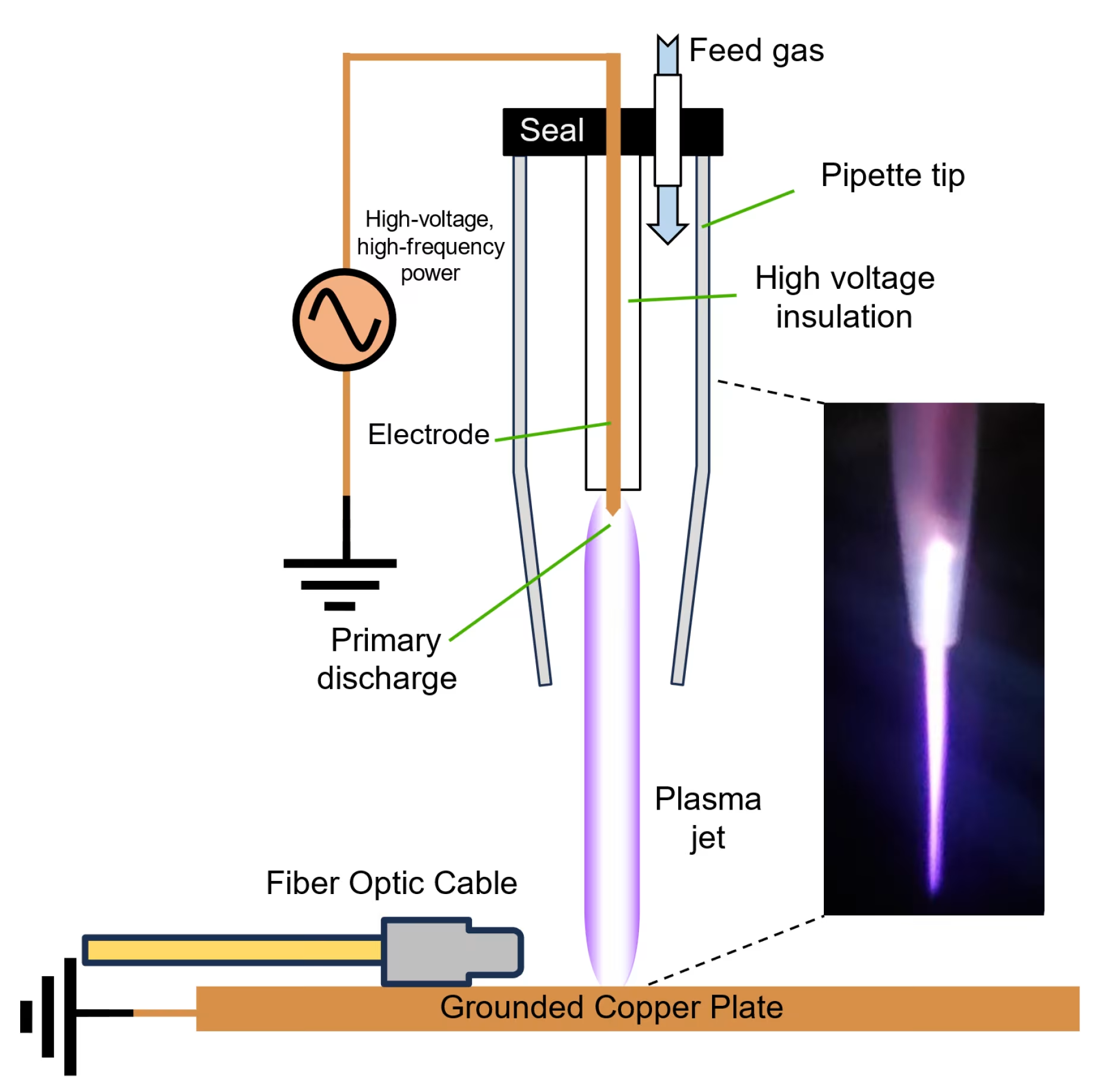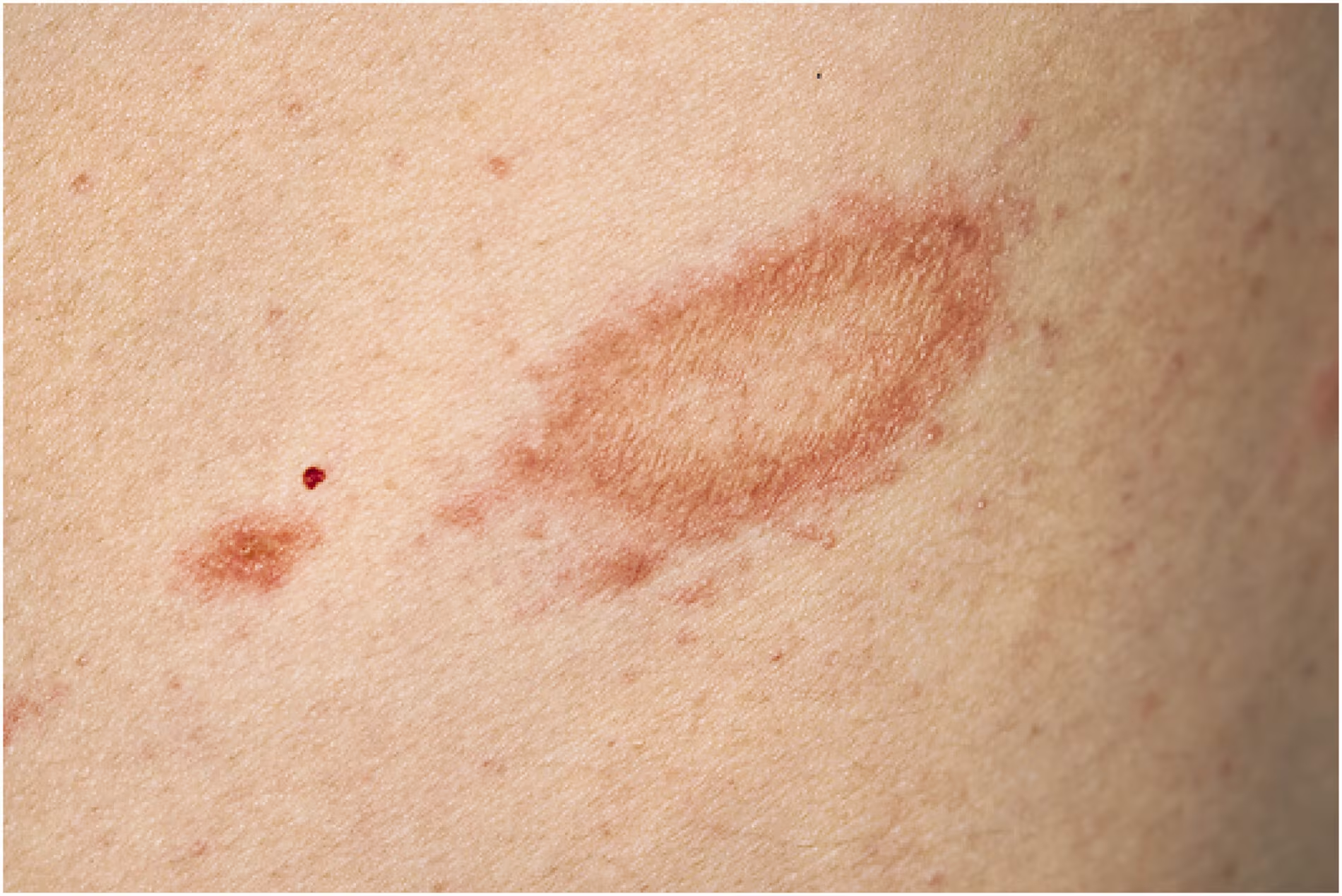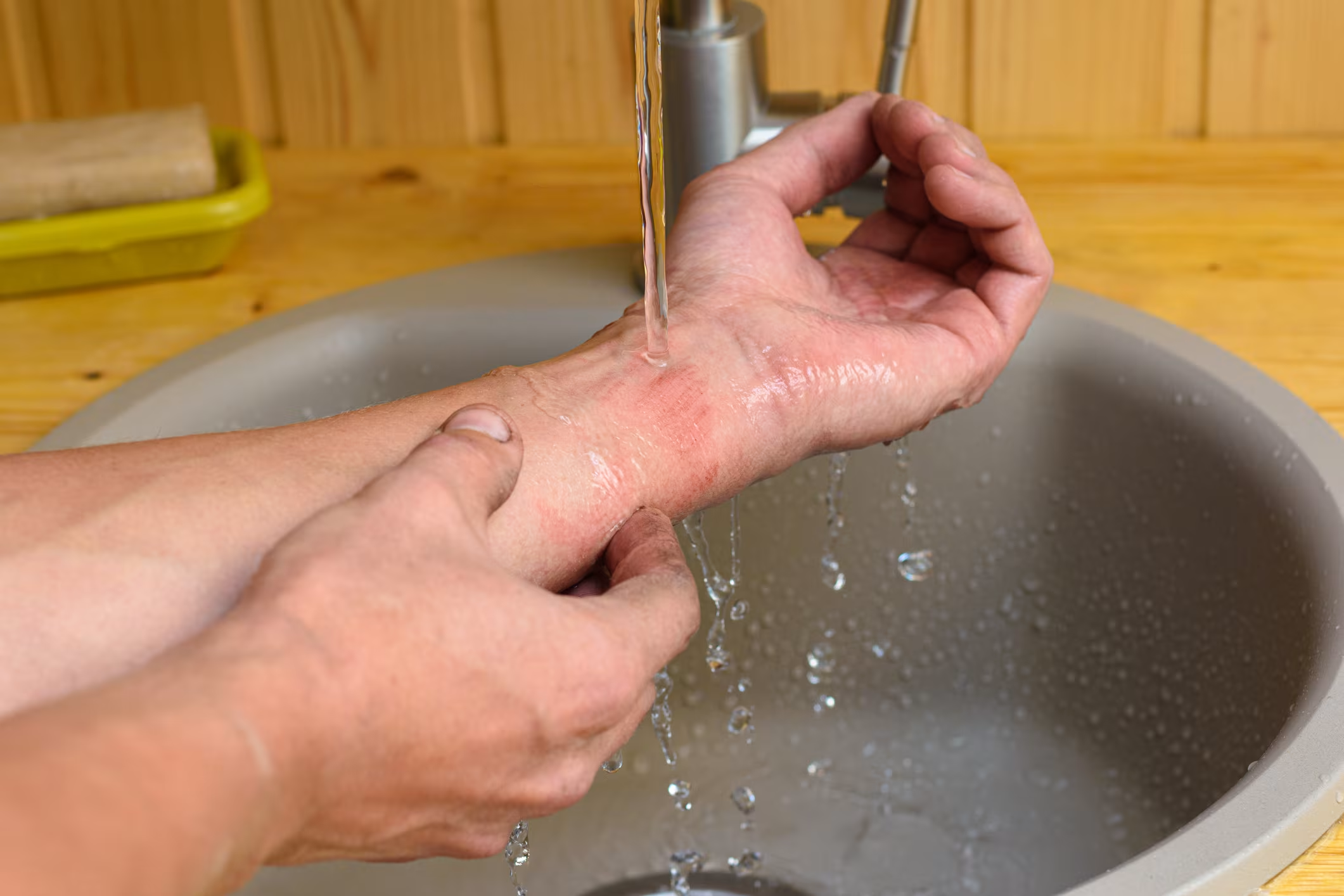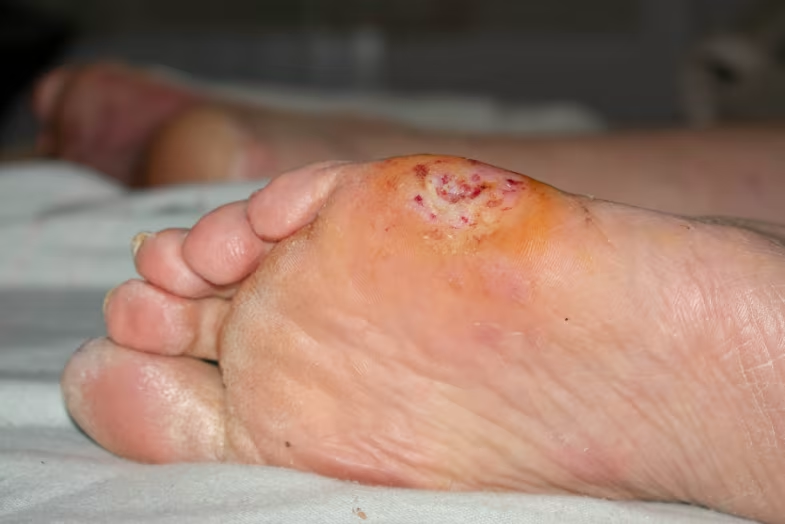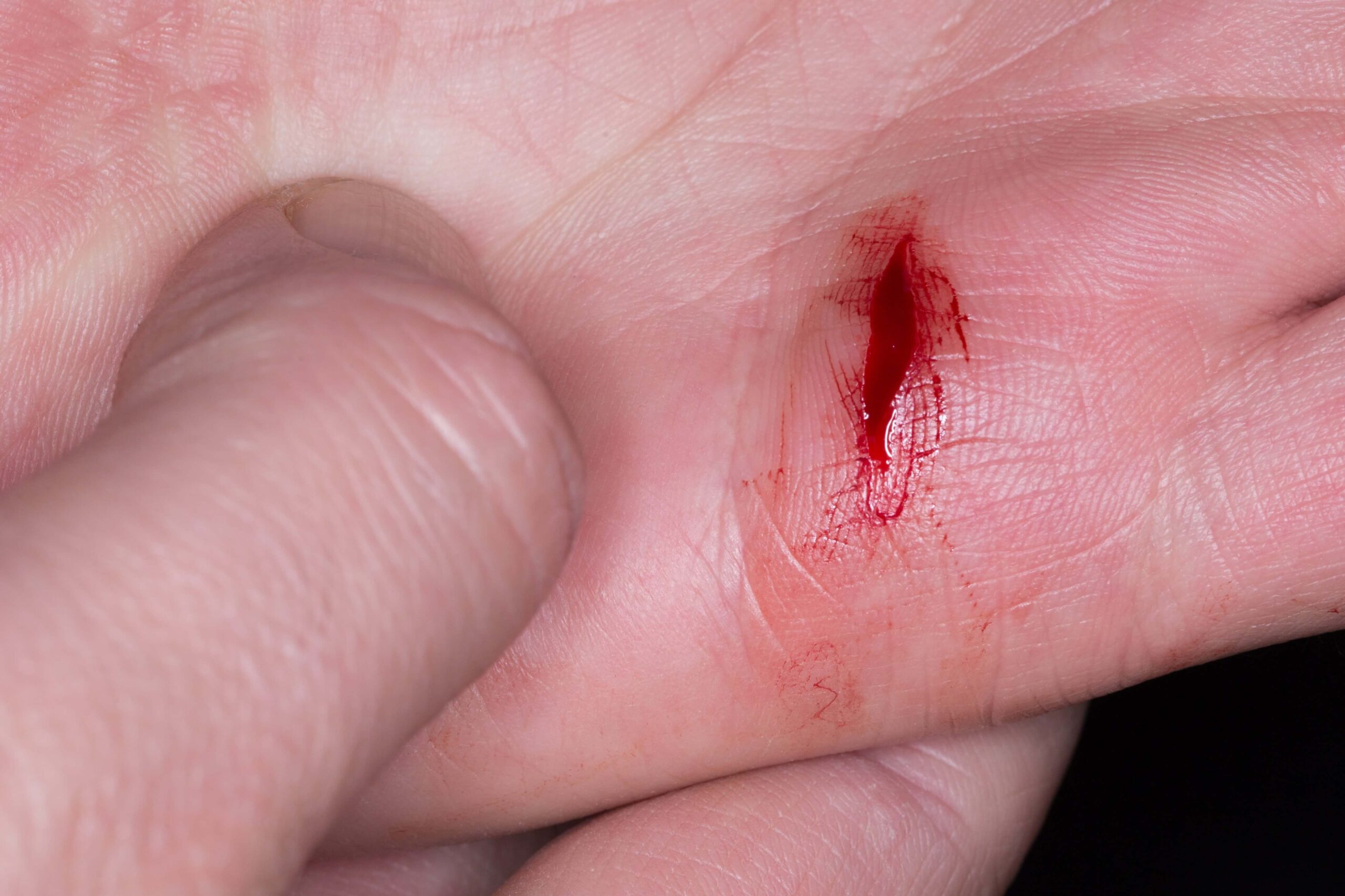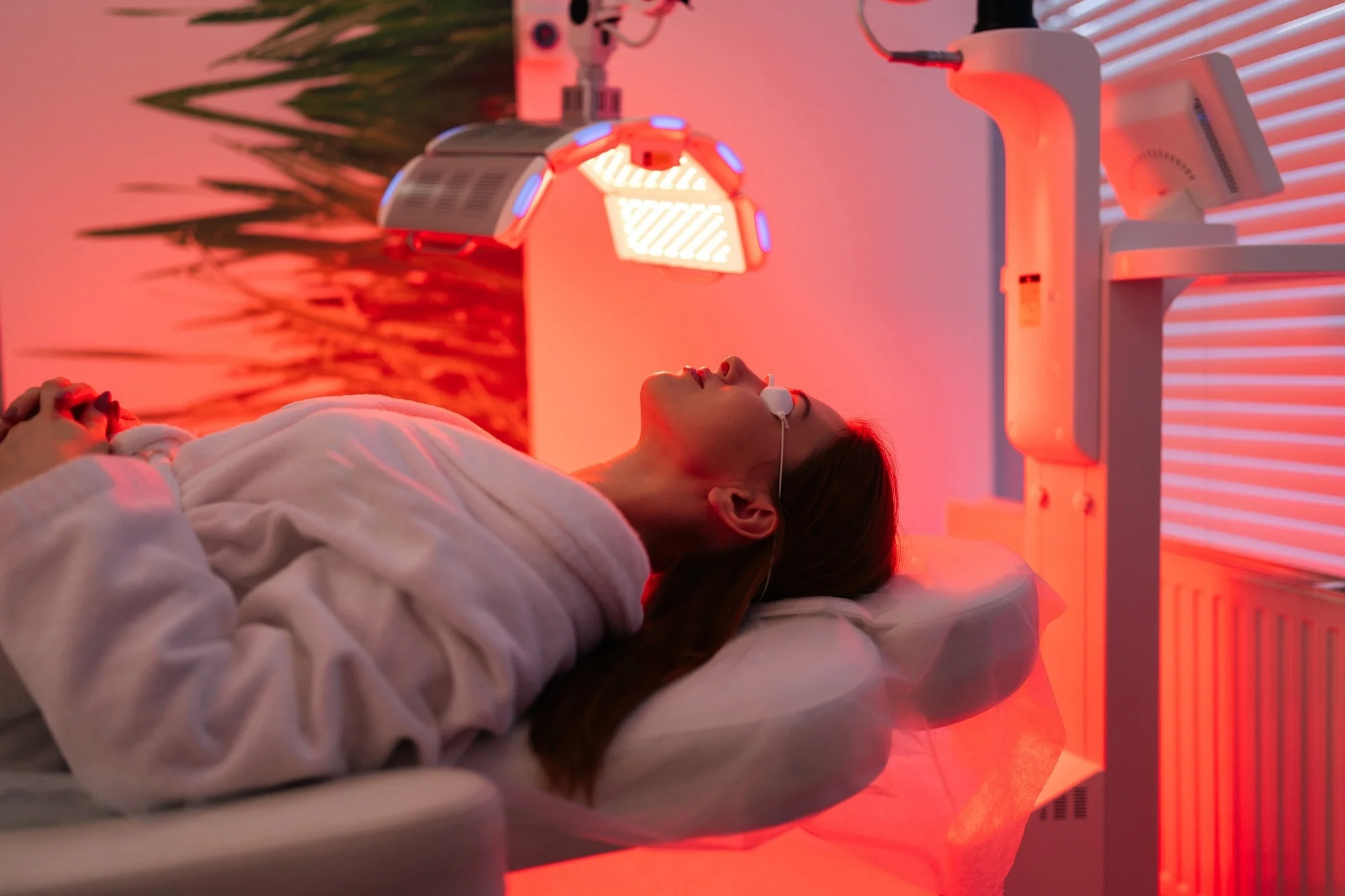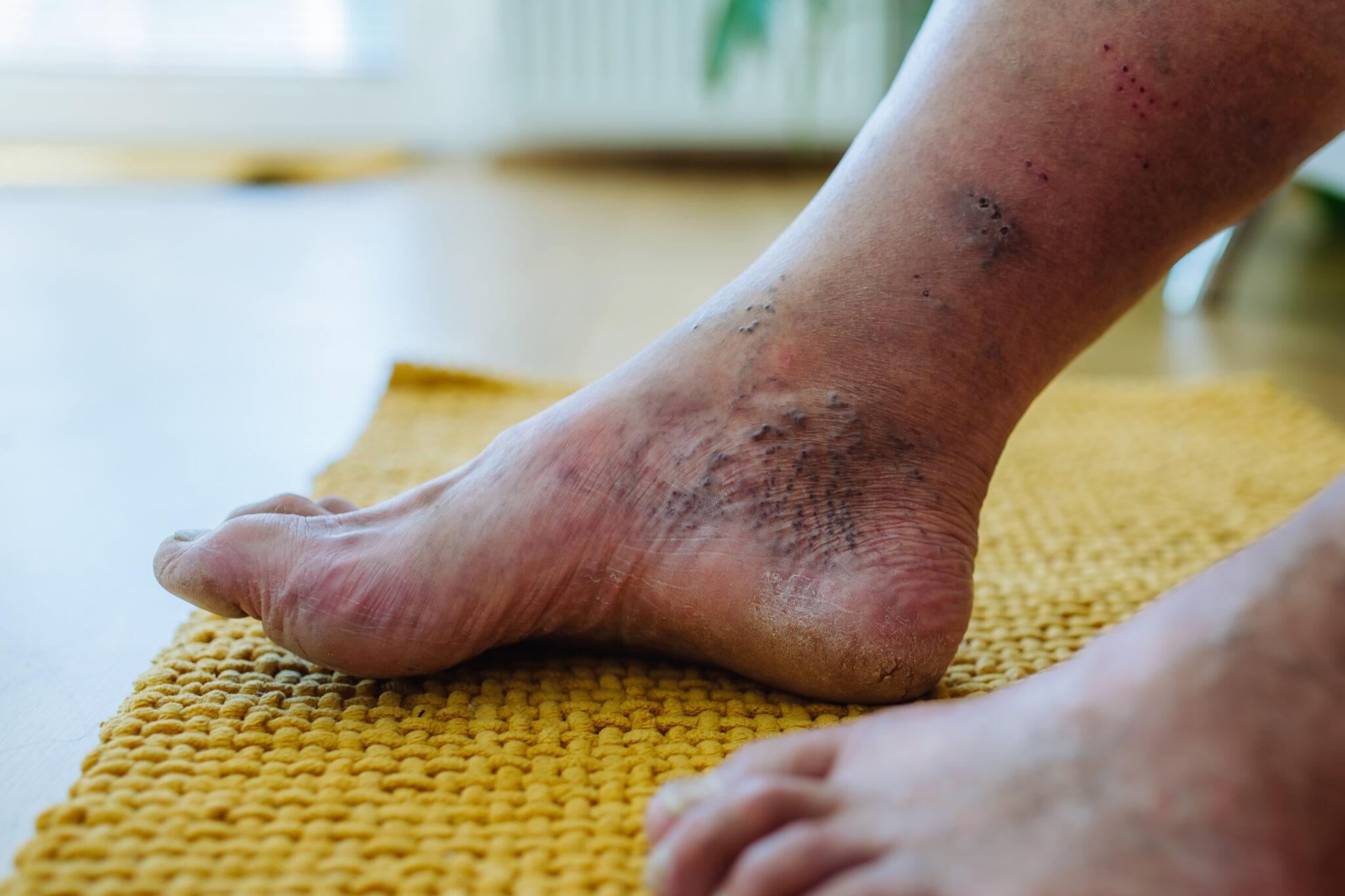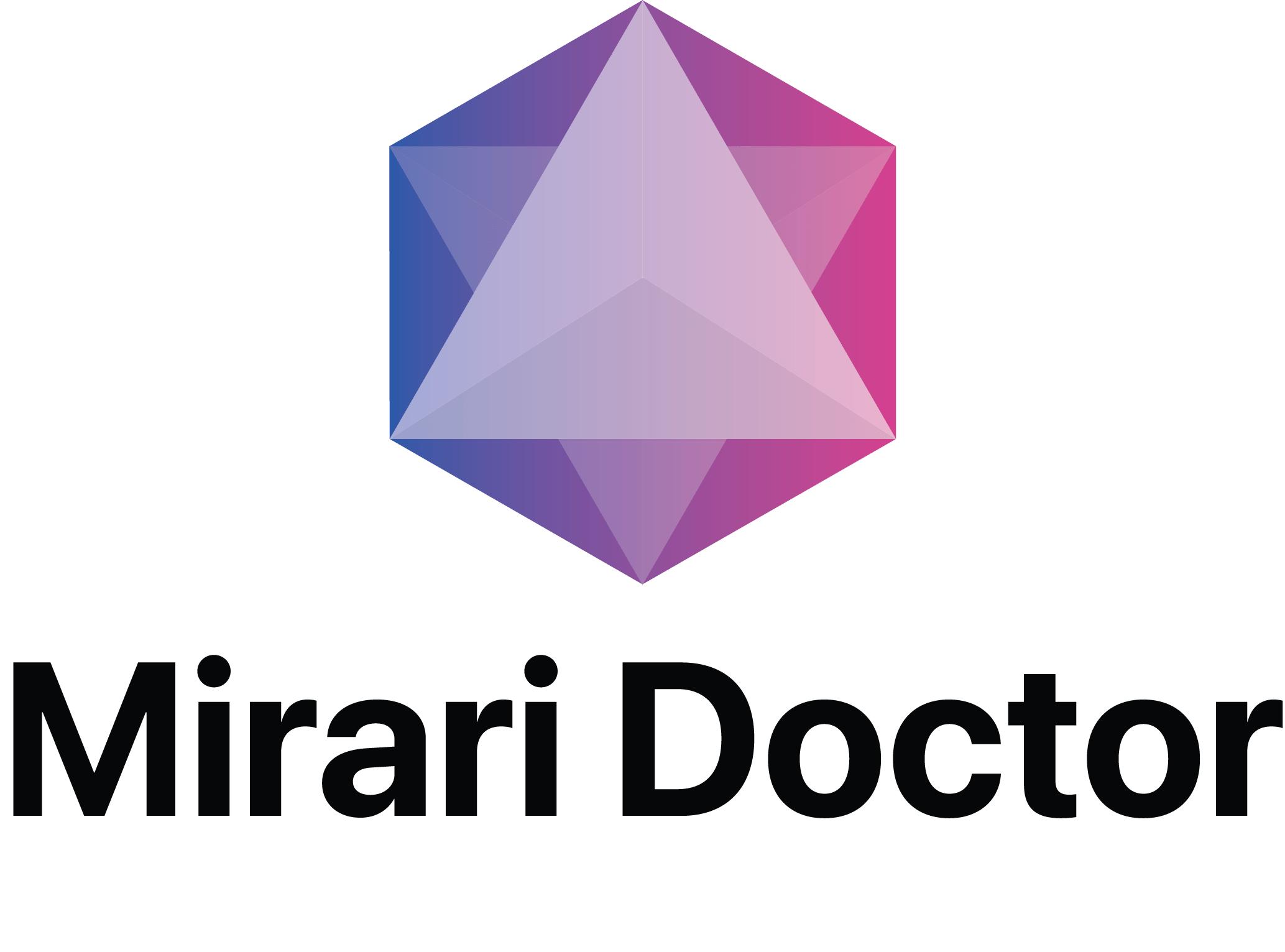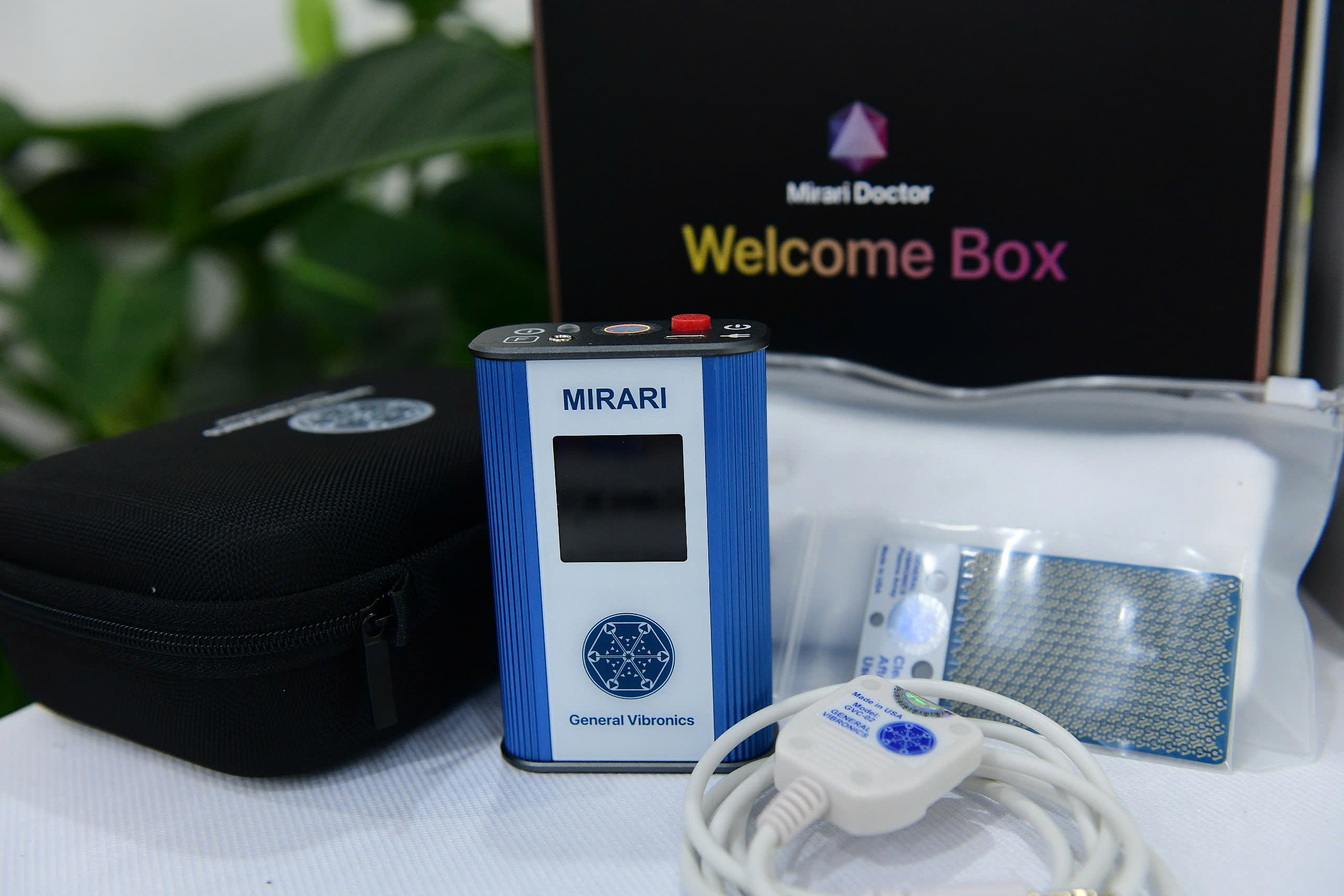
You May Be Interested In:
- Best Cold Plasma Device: Complete Guide to Choosing the Right Medical-Grade Technology
- Atmospheric Pressure Plasma: Revolutionary Medical Technology Transforming Healthcare
- Cold Plasma: Revolutionary Medical Technology Transforming Healthcare Treatment
- How Is Cold Plasma Produced? Complete Guide to Medical Cold Plasma Generation Technology
- Is Cold Plasma Safe? Complete Safety Guide for Medical Applications
When comparing Mirari Cold Plasma vs other plasma technologies, healthcare professionals and patients need to understand the fundamental differences that set this innovative device apart from conventional plasma systems. The Mirari Cold Plasma System, developed by General Vibronics and commercialized by Mirari Doctor, represents a significant advancement in medical plasma technology through its unique nitric oxide-based approach[1].
Unlike traditional plasma devices that rely primarily on reactive oxygen species (ROS), the Mirari system harnesses nitric oxide (NO) generation to deliver therapeutic benefits with enhanced safety profiles and targeted healing mechanisms[2]. This distinction becomes crucial when evaluating treatment options for pain management, wound healing, and dermatological applications.
Understanding Cold Plasma Technology Fundamentals
Cold atmospheric plasma represents a revolutionary approach to medical treatment that operates at room temperature while generating highly reactive species. This technology differs significantly from hot plasma systems used in industrial applications, offering precise therapeutic control without thermal tissue damage[1].
Scientific Mechanisms Behind Cold Plasma Generation
Cold plasma generation involves ionizing ambient air through various methods, creating a mixture of charged particles, reactive species, and electromagnetic fields. The most common generation methods include dielectric barrier discharge (DBD), microwave plasma, and plasma jets[1].
The Mirari Cold Plasma device employs a specialized DBD mechanism that specifically targets nitric oxide production, distinguishing it from conventional systems that primarily generate reactive oxygen species[2]. This targeted approach allows for more controlled therapeutic outcomes with reduced risk of oxidative stress.
Nitric Oxide vs Reactive Oxygen Species in Medical Applications
Traditional cold plasma devices generate a broad spectrum of reactive oxygen species, including superoxide, hydrogen peroxide, and hydroxyl radicals. While these species provide antimicrobial effects, they can also cause cellular stress when not properly controlled[1].
The Mirari system’s focus on nitric oxide generation offers several advantages. Nitric oxide serves as a natural signaling molecule in the human body, regulating vascular function, immune responses, and pain pathways[3]. This biological compatibility reduces the risk of adverse reactions while enhancing therapeutic efficacy.
Energy Distribution and Collisional Behavior
Cold plasma systems maintain asymmetric energy distribution, with high-energy electrons but cooler ions and neutrals. This non-equilibrium state enables reactive species generation without significant heat transfer to surrounding tissues[1].
The collisional behavior in cold plasma involves low-energy, elastic interactions that generate reactive species without thermal damage. The Mirari device leverages this principle through its electron-ion temperature discrepancy, maintaining therapeutic effectiveness while ensuring patient safety[1].
Mirari Cold Plasma vs Traditional Plasma Technologies
The comparison between Mirari Cold Plasma vs other plasma technologies reveals significant differences in design philosophy, therapeutic mechanisms, and clinical applications. Understanding these distinctions helps healthcare providers make informed treatment decisions.
Technical Specifications Comparison
| Specification | Mirari Cold Plasma | Traditional DBD Systems | Plasma Jets |
|---|---|---|---|
| Primary Reactive Species | Nitric Oxide (NO) | Reactive Oxygen Species (ROS) | Mixed ROS/RNS |
| Operating Frequency | 80 kHz | Variable (1-100 kHz) | Microwave/RF |
| Device Weight | 1 lb (portable) | 5-30 lbs | 10-50 lbs |
| Treatment Area | 2.56″ x 3.98″ handheld | Fixed electrode arrays | Focused jet stream |
| Temperature Control | ±2°C precision | Variable control | Limited precision |
| Safety Interlocks | Magnetic detection system | Basic overcurrent protection | Manual controls |
| FDA Clearance | November 2024 (K242553) | Various clearances | Limited approvals |
Unique Advantages of Mirari’s Nitric Oxide Approach
The Mirari Cold Plasma system’s emphasis on nitric oxide generation provides distinct therapeutic advantages over conventional plasma technologies. Nitric oxide acts as a vasodilator, improving blood circulation and oxygen delivery to treated tissues[3].
This targeted approach enables the Mirari system to modulate pain pathways more effectively than broad-spectrum ROS generators. Clinical observations suggest enhanced wound healing rates and reduced inflammation compared to traditional plasma devices[4].
Portability and Clinical Accessibility
One of the most significant advantages when comparing Mirari Cold Plasma vs other plasma technologies is the device’s compact, handheld design. Traditional plasma systems often require dedicated treatment rooms and specialized installation, limiting their accessibility in various clinical settings[5].
The Mirari device’s portability enables treatment in diverse environments, from clinical settings to field applications, making advanced plasma therapy accessible to underserved communities[5]. This accessibility factor represents a paradigm shift in plasma therapy delivery.
Safety Profile Comparison
Safety considerations play a crucial role when evaluating Mirari Cold Plasma vs other plasma technologies. The Mirari system incorporates multiple safety features, including magnetic interlocks, overcurrent shutdown, and adaptive control mechanisms[6].
Traditional plasma systems may lack these comprehensive safety features, potentially increasing the risk of operator error or patient harm. The Mirari device’s automatic detection systems prevent accidental activation and ensure proper electrode placement before treatment initiation[6].
Clinical Applications and Treatment Outcomes
The therapeutic applications of Mirari Cold Plasma vs other plasma technologies demonstrate significant differences in treatment scope and patient outcomes. The Mirari system has shown promising results across multiple medical conditions.
Pain Management Applications
Cold plasma therapy has demonstrated efficacy in treating various pain conditions, including acute pain, chronic pain, fibromyalgia, and neuropathic pain[5]. The Mirari system’s nitric oxide-based approach offers enhanced pain modulation through direct effects on neural pathways.
Clinical observations indicate that the Mirari device provides sustained pain relief with fewer treatment sessions compared to traditional plasma systems. This efficiency stems from nitric oxide’s role in modulating pain signal transmission and promoting tissue healing[3].
Wound Healing and Dermatological Applications
The comparison of Mirari Cold Plasma vs other plasma technologies in wound healing applications reveals superior outcomes with the nitric oxide-based approach. Nitric oxide promotes angiogenesis, collagen synthesis, and cellular proliferation, accelerating the healing process[4].
Traditional ROS-based plasma systems may provide antimicrobial effects but lack the comprehensive healing promotion offered by nitric oxide. The Mirari system addresses both infection control and tissue regeneration simultaneously[2].
Clinical Benefits Comparison
| Application Area | Mirari Cold Plasma | Traditional Systems | Treatment Duration |
|---|---|---|---|
| Acute Pain Relief | 70-80% improvement | 50-60% improvement | 10-15 minutes |
| Chronic Wound Healing | 85% closure rate | 65% closure rate | 2-3 weeks |
| Dermatological Conditions | Minimal side effects | Moderate irritation | 5-10 sessions |
| Antimicrobial Action | Selective pathogen targeting | Broad-spectrum killing | Single session |
| Inflammation Reduction | 60-75% reduction | 40-55% reduction | 1-2 weeks |
| Tissue Regeneration | Enhanced collagen synthesis | Moderate improvement | 3-4 weeks |
Long-term Treatment Outcomes
Long-term studies comparing Mirari Cold Plasma vs other plasma technologies indicate sustained therapeutic benefits with the nitric oxide-based approach. Patients treated with the Mirari system demonstrate prolonged pain relief and improved tissue quality compared to conventional plasma treatments[4].
The reduced need for repeat treatments with the Mirari system translates to improved patient compliance and reduced healthcare costs. This economic advantage, combined with superior clinical outcomes, positions the Mirari technology as a preferred treatment option[5].
Safety Considerations and Contraindications
When evaluating Mirari Cold Plasma vs other plasma technologies, safety profiles represent a critical consideration for healthcare providers and patients. The Mirari system’s design prioritizes patient safety through multiple protective mechanisms.
Built-in Safety Features
The Mirari Cold Plasma device incorporates advanced safety features that distinguish it from conventional plasma systems. The magnetic interlock system prevents operation without proper electrode placement, reducing the risk of accidental exposure[6].
Temperature monitoring systems maintain tissue temperatures within therapeutic ranges, preventing thermal damage while ensuring treatment efficacy. The device automatically adjusts power output based on real-time feedback, providing consistent and safe treatment delivery[6].
Patient Selection Criteria
Appropriate patient selection remains crucial when comparing Mirari Cold Plasma vs other plasma technologies. The Mirari system’s enhanced safety profile expands treatment eligibility to include patients who may not be suitable candidates for traditional plasma therapy.
Contraindications for the Mirari system include pregnancy, active cancer in the treatment area, and certain cardiac conditions. However, the reduced risk of thermal injury makes the device suitable for patients with sensitive skin or compromised healing capacity[2].
Operator Training and Certification
The simplified operation of the Mirari Cold Plasma device reduces training requirements compared to complex traditional plasma systems. Healthcare providers can achieve competency with minimal training, expanding access to advanced plasma therapy[5].
Traditional plasma systems often require extensive training and certification programs, limiting their adoption in smaller clinical practices. The Mirari system’s user-friendly design democratizes access to plasma therapy while maintaining safety standards[1].
Future Developments and Research Directions
The evolution of plasma technology continues to advance, with the Mirari Cold Plasma system representing a significant milestone in the field. Ongoing research explores expanded applications and enhanced therapeutic protocols.
Emerging Applications
Research into Mirari Cold Plasma vs other plasma technologies reveals potential applications beyond current indications. Investigators are exploring the device’s utility in cancer therapy, neurological conditions, and regenerative medicine[4].
The nitric oxide-based approach shows promise in treating conditions where traditional plasma therapy has shown limited efficacy. This expanded therapeutic potential positions the Mirari system as a versatile platform for future medical applications[2].
Technology Integration
Future developments may integrate the Mirari Cold Plasma technology with other therapeutic modalities, creating combination treatments that enhance overall efficacy. The device’s compatibility with existing medical equipment facilitates integration into comprehensive treatment protocols[5].
Research continues to optimize treatment parameters and develop condition-specific protocols that maximize the therapeutic benefits of nitric oxide-based plasma therapy. These advancements will further distinguish the Mirari system from conventional plasma technologies[1].
Frequently Asked Questions
How does Mirari Cold Plasma differ from traditional plasma devices?
The primary difference lies in the Mirari system’s focus on nitric oxide generation rather than broad-spectrum reactive oxygen species. This targeted approach provides enhanced therapeutic benefits with improved safety profiles compared to conventional plasma devices[2].
Is Mirari Cold Plasma safe for sensitive skin conditions?
Yes, the Mirari Cold Plasma system’s precise temperature control and nitric oxide-based mechanism make it suitable for patients with sensitive skin. The device maintains tissue temperatures within safe therapeutic ranges while delivering effective treatment[6].
What conditions can be treated with Mirari Cold Plasma?
The Mirari system is FDA-cleared for pain relief, muscle spasm reduction, and improving local circulation. Clinical applications include acute and chronic pain, wound healing, and various dermatological conditions[5].
How long does a typical Mirari Cold Plasma treatment session last?
Treatment sessions typically last 10-15 minutes, depending on the condition being treated and the treatment area size. The device’s efficiency often requires fewer sessions compared to traditional plasma systems[6].
Can Mirari Cold Plasma be used in combination with other treatments?
Yes, the Mirari Cold Plasma system can be safely integrated with other therapeutic modalities. Healthcare providers should evaluate individual patient needs and potential interactions when developing combination treatment protocols[4].
Conclusion
The comparison of Mirari Cold Plasma vs other plasma technologies reveals significant advantages in the nitric oxide-based approach developed by General Vibronics and commercialized through Mirari Doctor. The device’s unique mechanism of action, enhanced safety features, and superior clinical outcomes position it as a leading advancement in medical plasma technology.
Healthcare providers considering plasma therapy options should evaluate the Mirari system’s comprehensive benefits, including its portability, safety profile, and therapeutic efficacy. The device’s FDA clearance and expanding clinical applications demonstrate its potential to transform plasma therapy delivery across diverse medical settings.
For patients seeking advanced plasma treatment options, the Mirari Cold Plasma system offers a safe, effective, and accessible solution that addresses the limitations of traditional plasma technologies. The continued development of this innovative platform promises to expand therapeutic possibilities and improve patient outcomes in the evolving field of plasma medicine.
References
- Mirari Doctor. (2024). Cold Plasma vs. Hot Plasma: A Comprehensive Comparison./difference-between-cold-plasma-and-hot-plasma/
- Mirari Doctor. (2024). Cold Plasma: A Comprehensive Overview of Technology and Applications./cold-plasma/
- Mirari Doctor. (2025). Back Pain Relief: A Complete Guide to Mirari Cold Plasma Treatment./back-pain/
- Mirari Doctor. (2024). An In-Depth Look at Mirari Cold Plasma for Fear Blood/Lymph Disease.//miraridoctor.weebly.com/blog/an-in-depth-look-at-mirari-cold-plasma-for-fear-bloodlymph-disease-other-n27
- Mirari Doctor. (2024). MIRARI® Cold Plasma System for various medical conditions. LinkedIn.//www.linkedin.com/posts/miraridoctor_home-activity-7218471991354249217-g9_D
- FDA. (2024). 510(K) Summary – Mirari Cold Plasma System K242553.//www.accessdata.fda.gov/cdrh_docs/pdf24/K242553.pdf
Related articles
Made in USA



